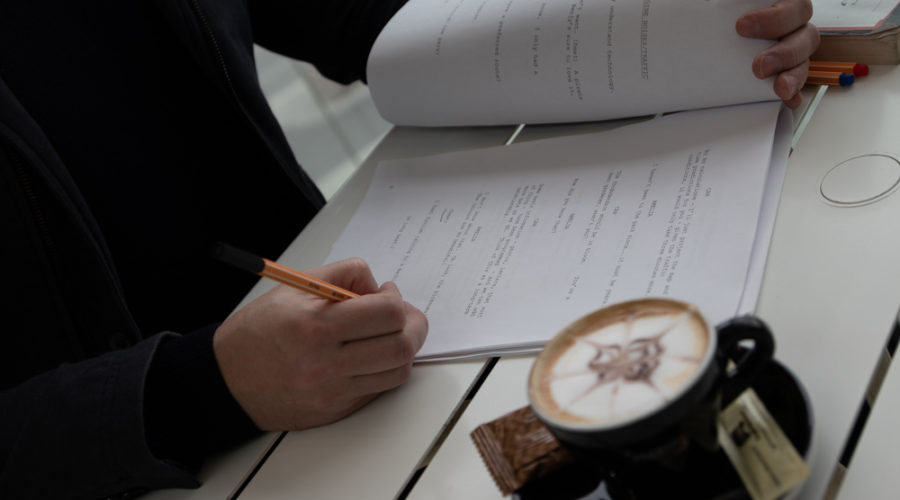I’ve described how from the beginning of our story until the very end our character is trapped in a cycle or wanting something, being presented by an obstacle that prevents them getting what they want, taking an action that risks something important to them, and then either succeeding or failing depending on how they handle their flaws.
In the last exercise we worked on writing the impact of failure to achieve what they want (they can make progress, by the by – the should make some sort of progress – but ultimate success has to wait until the last pages of the book). So how do we get from their to the next cycle of want/obstacle/action?
The answer is transition. The roots of our character’s next problem lie in their response to the previous problem. Whether they’re now being chased by gangsters around the block, or loosing all their money makes them think of contacting the crooked cousin Zoe, or climbing the mountain to find the oracle cannot answer the question directs them onwards to the secret library of Ozmandos, the response to our last problem should lead into the next.
Best of all, this gives us the opportunity to use a guaranteed audience hook: chapter ending cliff hangers. Pretty much every decent thriller ever written ends each chapter with a new catastrophe that you need to turn the page if you want to find out what happens next.
Raymond Chandler famously said that whenever he didn’t know what to write next, he’d just have someone walk in with a gun! Sounds stupid, and I recommend a little more plotting, but it certainly worked for Chandler.
Exercise
For our final exercise of this sequence, you’re going to write the final paragraph of one chapter followed by the first chapter of the next.
The first paragraph should show our protagonist having recently failed to achieve what they wanted and either lost or damaged something they risked in the effort. This should catapult them directly to a cliff-hanger: a new problem related to their new situation that drags the reader to the edge of their seat.
The second paragraph opens the next chapter by immediately attacking the problem in the cliff-hanger. The cliff-hanger problem does not necessarily have to take up much of the chapter – in TV series, for example, the cliff-hangar (or the pre-opening credits hook) is resolved almost immediately. Either way, you need to grab the cliff-hanger and use it to accelerate and set up the next cycle of want/obstacle/action.
By then end of the second paragraph I want a clear idea of the next problem.
Keep it under 500 words – good luck! Post your story in the comments and I’ll reply with feedback.
Find out more about my (totally free) writing lessons here.



